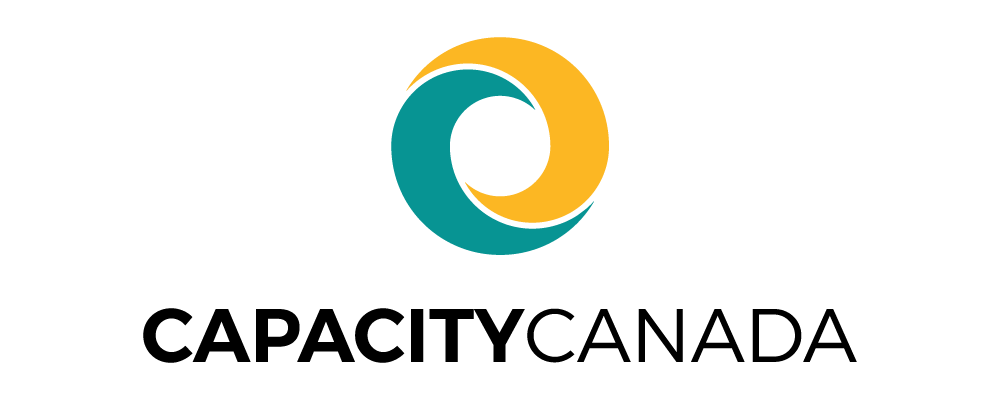|
Getting your Trinity Audio player ready...
|
By Nancy Mattes, Director, Social Prosperity Wood Buffalo
One of the important jobs of the Social Prosperity Wood Buffalo project is building and strengthening networks. Coming into the project I didn’t think this aspect of our work would become so important, but as my understanding of social innovation deepens, I am beginning to appreciate why nonprofits need to be well connected outside of their own network. As many people know, social innovation happens at the systems level because this is where complex social challenges are tackled. Complex problems involve whole systems and require the engaged participation of all sectors to address them.
Back in February 2011, Social Prosperity Wood Buffalo (or the Wood Buffalo Community Building Project as it was known then) conducted a community conversation that involved 100 community leaders from government, industry and the nonprofit sector. Although more than 100 ideas were generated and the final result (the Framework for Building Prosperous Communities) was successful, the meeting failed to engage many of the business and government leaders. From what I understand, the process was a big turn-off for some people who don’t like using sticky notes and spending too much time on the issues and not enough time on action. We have yet to re-engage many of these critically important leaders.
During the Tamarack Communities Collaborating Initiative which was held in Waterloo in early October of this year, a cohort of nonprofit and industry leaders from Fort McMurray were given a marvelous opportunity to learn together (thanks again to the Suncor Energy Foundation). One of the best conversations took place with Bonnah Carey, Ken Chapman and Russell Thomas where we discussed the challenges associated with bringing together people from diverse backgrounds. Language, context, process, experience, and education are just a few of the factors that influence the way in which people work together. How can we design a model that will foster multi-sectoral collaboration in Wood Buffalo?
There are many approaches (Theory U, Change Labs, Design Labs, Round Tables) available and perhaps Social Prosperity could test these models to see which one would work best. We have identified three priority strategies (sustainable funding, staff recruitment and retention and shared space and services) but to my mind the sustainable funding issue would be a good test subject since we’ve already done some work to determine obstacles and this is an issue affecting many nonprofits in almost every community across Canada!
It’s clear that we need to build our capacity to learn and work together. Increasing our understanding of each sector will play an important role in building equity (which leads to trust) amongst the different sectors. So wherever there are opportunities to engage in multi-sectoral conversations, I encourage you to sign up and be an enthusiastic participant! Represent your sector well, knowing that each person brings a different yet equally valuable perspective to the table. The more we cross boundaries and engage whole systems, the better we’ll get at it and our community will benefit from the great work that we will accomplish together!

